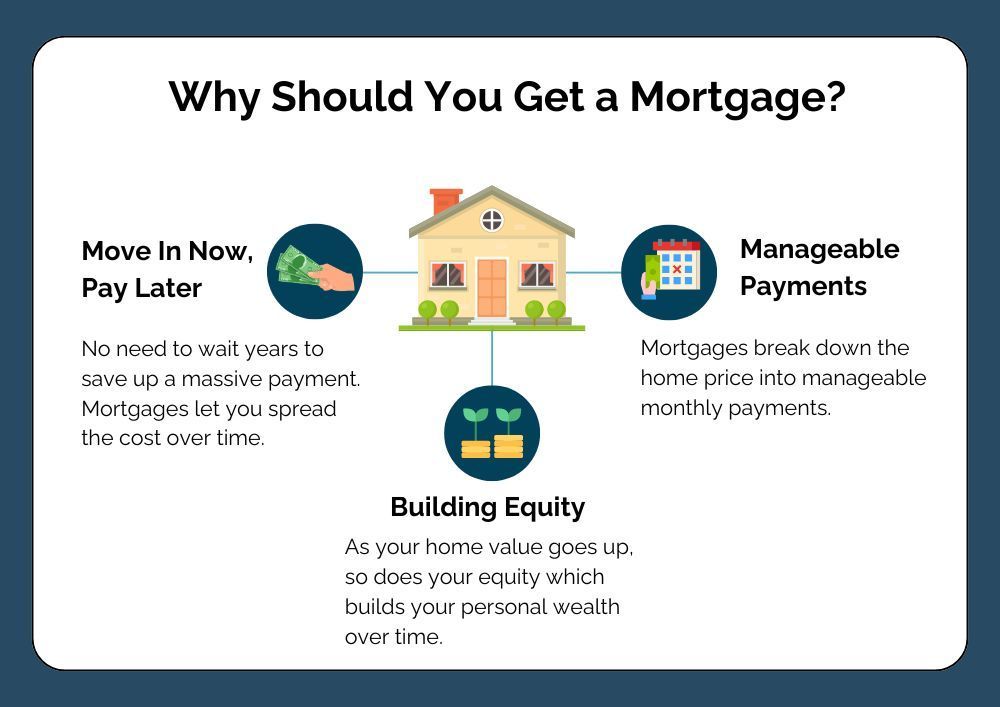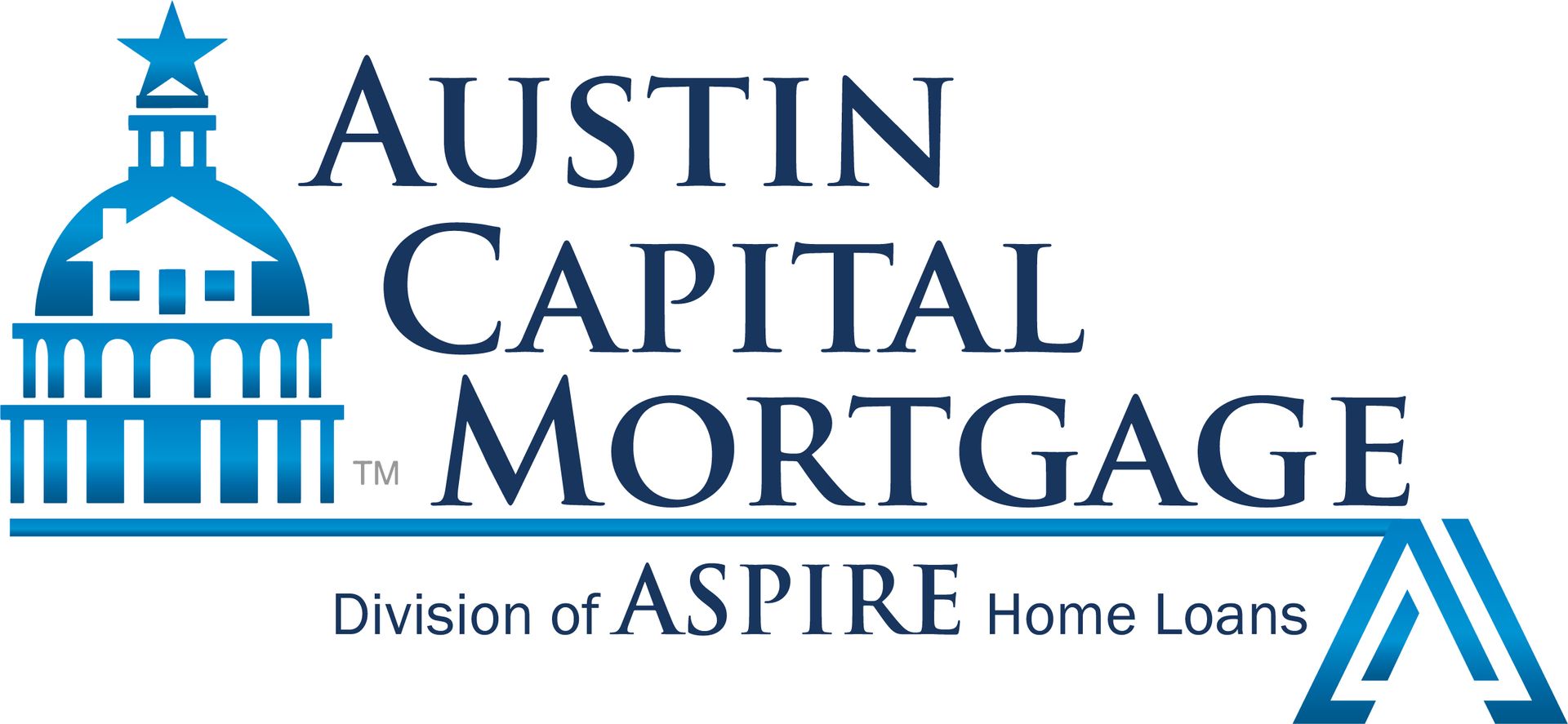Mortgage 101: How Does A Mortgage Work?
Kari Cooper
Finding the right mortgage feels a lot like finding the perfect pair of shoes. It needs to fit your lifestyle, offer comfort for your financial situation, and, most importantly, take you where you want to go.
Buying a property is a huge investment, and your mortgage will likely be your biggest debt. Don't go in blind! Here's what you need to know about mortgages before taking the plunge:
Skip to:
What is a Mortgage?
How Does a Mortgage Work?
8 Mortgage Terms to Understand
Why Should you Get A Mortgage? 3 Key Benefits
Different Types of Mortgages
The Mortgage Process
Key Takeaways
FAQs
What is a Mortgage?
A mortgage is a loan you get from a bank or another lender that helps you cover the cost of a house, property, or piece of land. Even if you don't have the full amount to pay upfront, a mortgage can make it possible.
You don’t get the money for free. You’ll pay back the loan amount plus some extra interest.
If you miss payments, the lender can take back the house through a process called foreclosure – which is definitely not what we want!
Here’s a simple breakdown of the process:
- The Loan: You borrow money because you want to buy a house but don't have enough cash to pay for it all at once.
- The Promise: Your new house acts as a promise to the bank that you’ll pay them back. If you can’t pay, the bank might take the house (foreclosure).
- Paying Back: You pay the bank a little bit of the money back every month. Part of this money is for the loan, plus some extra interest.
- Getting Approved: Not everyone gets the loan. The bank looks at your income, savings, and credit history.
It’s like getting a big piggy bank from the bank to buy your home, but then you need to fill it up again over time to pay the bank back!
8 Mortgage Terms to Understand
- Down Payment: This is your skin in the game! It's like a security deposit for your new home, showing the seller you're serious. The more you put down, the less you'll borrow overall.
- Interest: Imagine it as a lending fee. You borrow money from the bank (yay!), but you pay them a little extra on top of what you borrowed. Kind of like a thank you for letting you use their money.
- Fixed Rate vs. Adjustable Rate: This is how your interest rate works. Fixed means it stays the same the entire loan term, so your monthly payment stays predictable. Adjustable means the rate can change over time, which can be good or bad depending on the market.
- Loan Term: Think of this as your mortgage marathon length. It's typically 15, 20, or 30 years. A shorter term means higher monthly payments but you pay off the loan faster. A longer term means lower monthly payments but takes more time to own your home outright. 15 vs 30 year loan
- Homeowner's Insurance: This It protects you from unexpected disasters like fires or floods, so you can rebuild without breaking the bank.
- Property Taxes: This is a yearly fee you pay based on your home's value, kind of like a property rent to your local government. It goes towards things like schools and roads in your area.
- Escrow: This is like a safe deposit box for your home buying cash. A neutral third party holds onto it until everything is finalized, then distributes it to the seller and lender.
- Amortization: This is the fancy way of saying slowly paying off your loan over time, like slowly chipping away at a mountain (of debt) one monthly payment at a time. Eventually, that mountain will be gone, and you'll officially own your home!

Different Types of Mortgages
When you're ready to buy a home, it's important to understand the different types of mortgages available. Each type has its own terms and benefits. Here’s a straightforward guide:
1. Fixed-Rate Mortgages
This is the most common type of mortgage. With a fixed-rate mortgage, your interest rate stays the same for the entire loan period, so your monthly payments remain consistent.
Benefits:
- Stable Payments: You know exactly how much you'll pay each month, which helps with budgeting.
- Predictable Costs: Protection from rising interest rates, providing peace of mind.
- Long-Term Stability: Great if you plan to stay in your home for many years.
Points to Note:
- Higher Initial Rates: Usually, the starting interest rate is higher than adjustable-rate mortgages (ARMs).
- Missed Savings: If interest rates drop, you won't benefit unless you refinance.
2. Adjustable-Rate Mortgages (ARMs)
An ARM starts with a fixed interest rate for a set period, then adjusts based on market rates.
Benefits:
- Lower Initial Payments: Initial rates are often lower than fixed-rate mortgages, so your initial payments are lower.
- Potential Savings: If interest rates fall, your monthly payments could decrease without refinancing.
- Shorter Commitment: Good if you plan to sell or refinance before the rate adjusts.
Points to Note:
- Rate Changes: After the initial period, your payments can go up if interest rates rise.
- Budgeting Challenge: Monthly payments can change, making long-term planning harder.
- Risk of Higher Payments: If rates rise significantly, your payments could become unaffordable.
3. Government-Backed Mortgages
These loans are insured or guaranteed by the government, making them accessible to buyers who might not qualify for conventional loans.
Types:
- FHA Loans: Designed for first-time buyers with lower down payment requirements.
- VA Loans: Available to eligible veterans, offering benefits like no down payment or private mortgage insurance (PMI).
- USDA Loans: For buyers in rural areas with low-income requirements and no down payment needed.
Benefits:
- Lower Costs: Lower down payments and more flexible credit requirements.
- Security: Government backing means more security for lenders, making it easier to qualify.
Points to Note:
- Fees and Limits: Some loans have extra fees or location restrictions.
- Insurance Costs: FHA and USDA loans require mortgage insurance premiums.
4. Interest-Only Mortgages
With interest-only mortgages, you pay only interest for a certain period before starting to pay down the principal.
Benefits:
- Lower Initial Payments: Initial payments are lower, which can free up cash flow.
- Flexibility: Good for buyers expecting increased income or planning to sell before the principal payments start.
Points to Note:
- Higher Payments Later: When the interest-only period ends, payments increase significantly.
- Risk of Debt Increase: If property values drop or income doesn’t rise, you could owe more than you borrowed.
5. Jumbo Mortgages
Jumbo mortgages are for homes that exceed conventional loan limits.
Benefits:
- Higher Limits: Allows you to buy more expensive homes in high-cost areas.
- Competitive Rates: Despite the larger loan size, rates can be competitive.
Points to Note:
- Stricter Requirements: Higher credit scores and larger down payments are usually required.
- Costs: Interest rates and fees can be higher than with smaller loans.
Conclusion
Understanding the different types of mortgages empowers you to choose the right one for your financial situation and homeownership goals. Whether you prioritize the stability of a fixed-rate mortgage, the flexibility of an ARM, or the accessibility of a government-backed loan, knowing these options helps you make informed decisions. By assessing the benefits and factors of each type, you can confidently navigate the mortgage process and find the best fit for your needs.
The Mortgage Process
The mortgage process can often feel overwhelming. Trying to decode financial jargon, understanding the different loan types, and meeting lender requirements can be quite daunting. Let us break down the mortgage process into straightforward steps, providing you with a clear understanding of what to expect. Whether you're a first-time homebuyer or preparing to purchase another home, we'll simplify the process so you can move forward with clarity and ease.
1. Understanding your Financials
Step one in the mortgage process involves understanding your financial situation, which includes assessing your income, expenses, savings. This helps determine your borrowing capacity and readiness to apply for a mortgage, setting the foundation for a successful home loan journey.
2. Preapproval
This means you'll submit your financial documents to a lender, who will review things like your income, debts, and credit history. Based on this, they'll tell you how much money they're willing to lend you. Getting preapproved helps you know your budget and shows sellers you're serious when you start looking for a home.
3. Find your Dream Home
Step three in the mortgage process is shopping for a home within your preapproved budget. Consider partnering with a real estate agent who can offer expertise in finding properties, negotiating offers, handling paperwork, and providing insights into the local market. Their assistance can simplify the process and help you find the right home.
4. Find the Mortgage That Fits Your Budget
This involves researching and selecting the mortgage type that best suits your financial situation and goals. This includes comparing interest rates, loan terms, and other features offered by different lenders to make an informed decision.
5. Gather Required Documentation
Gathering required documentation is crucial for your mortgage application. This includes proof of income, employment verification, tax returns, bank statements, and other financial records. Having these documents ready ensures a smooth and efficient application process, helping you move closer to securing your mortgage.
6. Submit Your Mortgage Application
This involves providing all gathered documentation to your lender. This step initiates the formal review process, where the lender evaluates your financial history, creditworthiness, and the property you intend to purchase. Be prepared for additional requests for information and ensure timely responses to facilitate a prompt decision on your application.
7. Loan Processing, Underwriting, and Mortgage Approval
This involves the lender's detailed review of your application and supporting documents, including verifying your financial information, appraising the property, and assessing risk. Once all conditions are met and your application is approved, you'll receive formal mortgage approval. This stage confirms that you meet the lender's criteria and prepares you for closing on your home purchase.
8. Closing on Your Mortgage
Closing on your mortgage is the final step in the process of purchasing your home. During this stage, you'll sign the necessary paperwork, pay any remaining closing costs and fees, and complete the transfer of ownership. It's important to review all documents carefully and ensure everything is in order before finalizing the transaction. Once completed, you'll receive the keys to your new home and officially become a homeowner.
Key Takeaways
- The bank gives you the money to buy the house.
- You pay them back in monthly payments.
- The house itself acts as collateral – if you can't keep up with payments, the bank might eventually take ownership.
- You get to spread out the cost, making those monthly payments more manageable than a giant lump sum.
- Understanding key mortgage terms like down payment, interest rates, loan types, and additional costs such as insurance and property taxes is essential for making informed decisions.
- Each type of mortgage has its benefits and drawbacks, so it's essential to research and compare to find the best fit for your situation.
- The mortgage process can seem overwhelming, but it can be simplified by understanding your finances, securing preapproval, and leveraging expert guidance.
FAQs
Q) Do you own your home if you have a mortgage?
A) No, you do not own your home outright if you have a mortgage. A mortgage is a loan used to purchase a home, where the lender retains partial ownership until the loan is fully repaid. The homeowner has the right to occupy and use the property, but the lender maintains a legal claim on the home as collateral for the loan. Once the mortgage is paid off, the homeowner then owns the property free and clear.
Q) How much mortgage can I afford?
A)As a general guideline, aim to keep your monthly mortgage payment below 25% of your monthly take-home pay. For example, if your monthly income is $5,000, your mortgage payment should be no more than $1,250, Checkout our Mortgage Calculator to get an estimate
Q) How to know which mortgage option is right for you?
A) Choosing the right home mortgage involves assessing your finances, understanding various loan types like fixed-rate and adjustable-rate mortgages, comparing interest rates and fees, and considering your long-term goals. For more detailed guidance on finding the perfect mortgage fit, check out our blog
Which of these Common Mortgage Types is Right for you
to learn more.
Related Links
Related Links
-
FHA and VA Mortgage Loans: What You Need to KnowRead More List Item 1
If you're a first-time homebuyer or looking for a low down payment mortgage option, FHA and VA loans may be a good fit for you. Take a closer look at how they work, and what you need to know before you apply.
-
Texas First Time Home Buyer Programs and GrantsRead More List Item 3
The Texas Department of Housing and Community Affairs offers several First Time Home Buyer Programs to eligible applicants. These programs offer competitive interest rates, low down payments
-
10 first-time homebuyer mistakes to avoidRead More List Item 4
There are many factors to consider when buying a home, including budget, location, condition of the property, and more. However, with careful planning and preparation, you can avoid the most common
2023 Austin Capital Mortgage, a division of Aspire Home Loan | All Rights Reserved | Member FDIC | NMLS 1955132 | Privacy Policy
“CONSUMERS WISHING TO FILE A COMPLAINT AGAINST A COMPANY OR A RESIDENTIAL MORTGAGE LOAN ORIGINATOR SHOULD COMPLETE AND SEND A COMPLAINT FORM TO THE TEXAS DEPARTMENT OF SAVINGS AND MORTGAGE LENDING, 2601 NORTH LAMAR, SUITE 201, AUSTIN, TEXAS 78705. COMPLAINT FORMS AND INSTRUCTIONS MAY BE OBTAINED FROM THE DEPARTMENT’S WEBSITE AT WWW.SML.TEXAS.GOV. A TOLL-FREE CONSUMER HOTLINE IS AVAILABLE AT 1-877-276-5550. THE DEPARTMENT MAINTAINS A RECOVERY FUND TO MAKE PAYMENTS OF CERTAIN ACTUAL OUT OF POCKET DAMAGES SUSTAINED BY BORROWERS CAUSED BY ACTS OF LICENSED RESIDENTIAL MORTGAGE LOAN ORIGINATORS. A WRITTEN APPLICATION FOR REIMBURSEMENT FROM THE RECOVERY FUND MUST BE FILED WITH AND INVESTIGATED BY THE DEPARTMENT PRIOR TO THE PAYMENT OF A CLAIM. FOR MORE INFORMATION ABOUT THE RECOVERY FUND, PLEASE CONSULT THE DEPARTMENT’S WEBSITE AT WWW.SML.TEXAS.GOV

